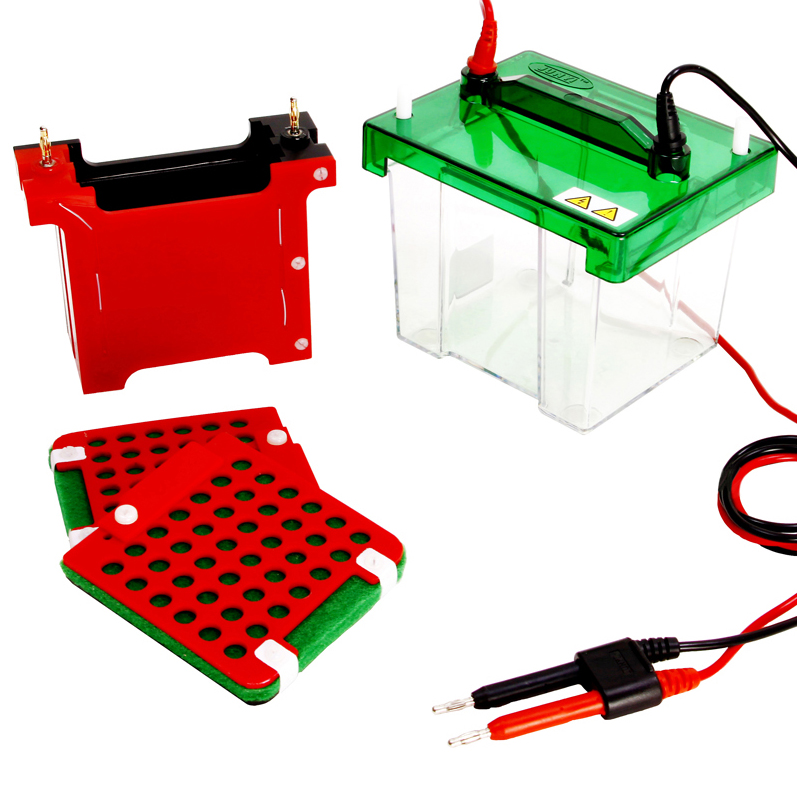Your shopping cart is empty!
MENU
- +
-
Categories+
- Blog +
- Contact Us +
- Login +
- Register +
 What is the Western Blot?
What is the Western Blot?
A Western blot is a laboratory method in microbiology that detects protein molecules in a sample of tissue homogenate or extract. When an electric field is applied across the transfer medium, the proteins are transferred from the polyacrylamide gel onto the membrane, creating an exact copy of the protein separation pattern observed in the original gel.
There are three steps to a Western blot. The first step is to prepare the protein sample by mixing it with a detergent called sodium dodecyl sulfate that applies a negative charge across the protein allowing it to be separated by size through gel electrophoresis. Next, the separated proteins are transferred from the gel to a blotting membrane. Finally, the membrane is incubated with a labelled antibody or an antibody and labeled secondary antibody to mark proteins of interest in the protein mixture.
There are two main methods for protein transfer; semi-dry or wet transfer that are both rapid and effective transfer methods. However, there are specific uses for both types of transfer.
A semi-dry transfer is performed with graphic plate electrodes in a horizontal layout, which sandwiches a gel and membrane between sheets of buffer-soaked filter paper that function as the ion reservoir. During the electrophoretic transfer, negatively charged molecules migrate out of the gel and towards the positive electrode, where they are deposited on the membrane. Separated by the gel and filter paper stack, the plate electrodes provide high field strength across the gel and carry out efficient, rapid transfers.
A wet transfer, otherwise known as a tank transfer system, is a method where the gel is equilibrated in transfer buffer and sandwiched between two sheets of buffer-soaked filter paper. The transfer sandwich is then cushioned with padding, pressed together with a support grid and placed vertically in a tank filled with transfer buffer.
After the transfer sandwich is loaded into the wet tank apparatus, a constant current is applied to elute the proteins from the gel, which are then transferred to the membrane. To prevent overheating, a wet transfer is typically performed in a cold environment or dissipated with an ice pack. The constant current can have a transfer time ranging from less than an hour to overnight.
While both methods are efficient, there are specific uses for semi-dry and wet transfer. A semi-dry transfer is suitable for convenience and speed provides high output results. Semi-dry transfer systems are easier to set up, take up less time and require less buffer. A wet transfer, on the other hand, is ideal for routine protein work and most flexible in terms of blotting times, voltage settings and cooling options.
BT Lab Systems offers a variety of products to perform semi-dry and wet transfers, including the BT301 Wet/Tank Blotting System and BT302 Semi-Dry Electrotransfer Unit. To learn more about these products, visit our website today
Leave a Comment